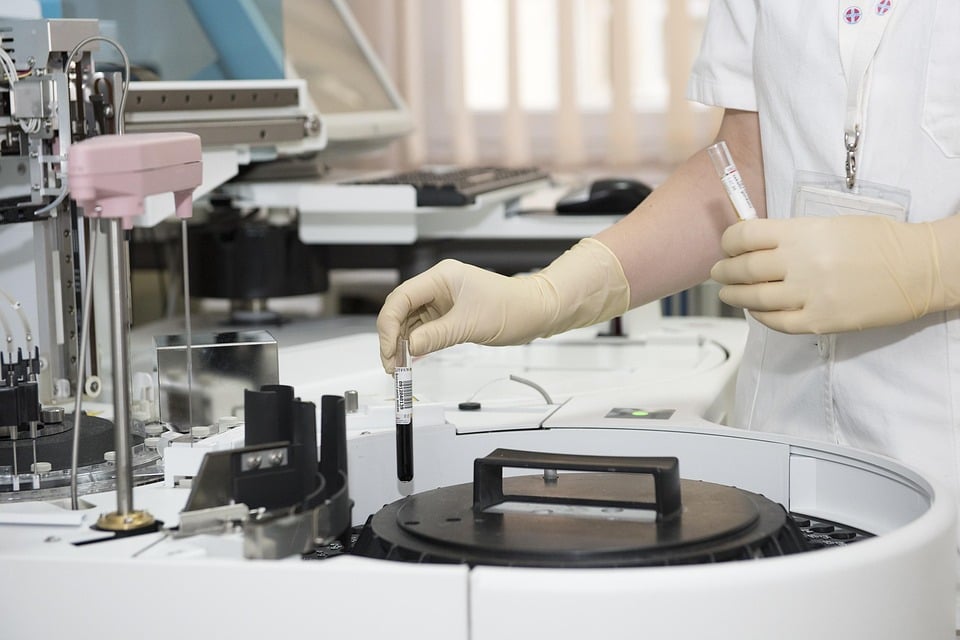
Josep Carreras Leukaemia Research Institute
Genetic Breakthrough in Myelodysplastic Syndromes Model
Myelodysplastic syndromes (MDS) are a group of disorders that affect approximately 1,700 new individuals each year. They typically arise in adulthood, especially after the age of 70, and their five-year survival rate is around 30%, according to REDECAN. MDS are characterised by defective maturation of blood cells in the bone marrow, leading to a range of health problems such as fatigue and recurrent infections. Without appropriate treatment, they may progress to acute myeloid leukaemia, a much more severe disease.
Current mainstay treatments for MDS include various types of chemotherapy, hypomethylating agents, and the option of undergoing a bone marrow transplant. However, the lack of a robust experimental model for laboratory research has slowed the development of novel therapeutic tools. For this reason, the MDS-L cell line—derived from a 52-year-old patient—represents a unique opportunity to study the disease in greater depth.
In a study recently published in the journal Molecular Cytogenetics , a team led by Dr Francesc Solé and with Júlia Mestre as first author has detailed the genetic and cytogenetic characteristics of the MDS-L line using state-of-the-art tools. Their analysis uncovered 9 chromosomal alterations and 39 novel genetic changes, which contribute to a better understanding of the disease and may reveal potential therapeutic vulnerabilities.
“This detailed genomic characterisation significantly enhances the utility of the MDS-L cell line, as it provides a clear understanding of clonal architecture and genetic complexity,” explains Mestre. She adds: “This is of particular interest when selecting experimental contexts and appropriate conditions to improve the interpretation of results.”
Specifically, the use of Optical Genome Mapping (OGM) technology has been key to accurately describing chromosomal abnormalities in the MDS-L line. OGM has detected both small alterations and large-scale chromosomal rearrangements, demonstrating it is a useful diagnostic tool for MDS in clinical practice.
Regarding the MDS-L line, the study’s authors highlight that its new characterisation validates it as a robust in vitro model for the study of MDS, as it has several disease-characteristic alterations and can therefore appropriately simulate the disease’s response when exposed to potential drugs. This may accelerate the search for new medicines for future clinical application.
This research has received funding from the Government of Spain, the Generalitat of Catalonia, the European Union, and the National Institutes of Health of the United States of America.
Reference Aricle:
Julia Mestre, Lorea Chaparro-González, Isabel Granada, Mar Mallo, Emili Cid, Estefania Mancini, Oriol Calvete, Ruth M. Risueño, Daniel T. Starczynowski, Francesc Solé. “Integrated cytogenetic and genomic profiling of the MDS-L cell line”. Molecular Cytogenetics 18, 11 (2025). https://doi.org/10.1186/s13039-025-00714-7
https://doi.org/10.1186/s13039-025-00714-7

